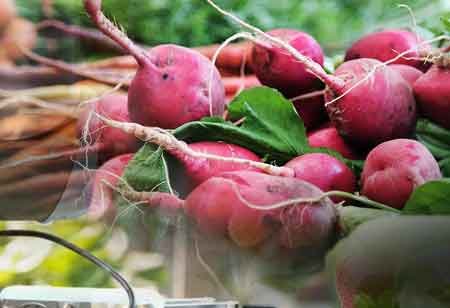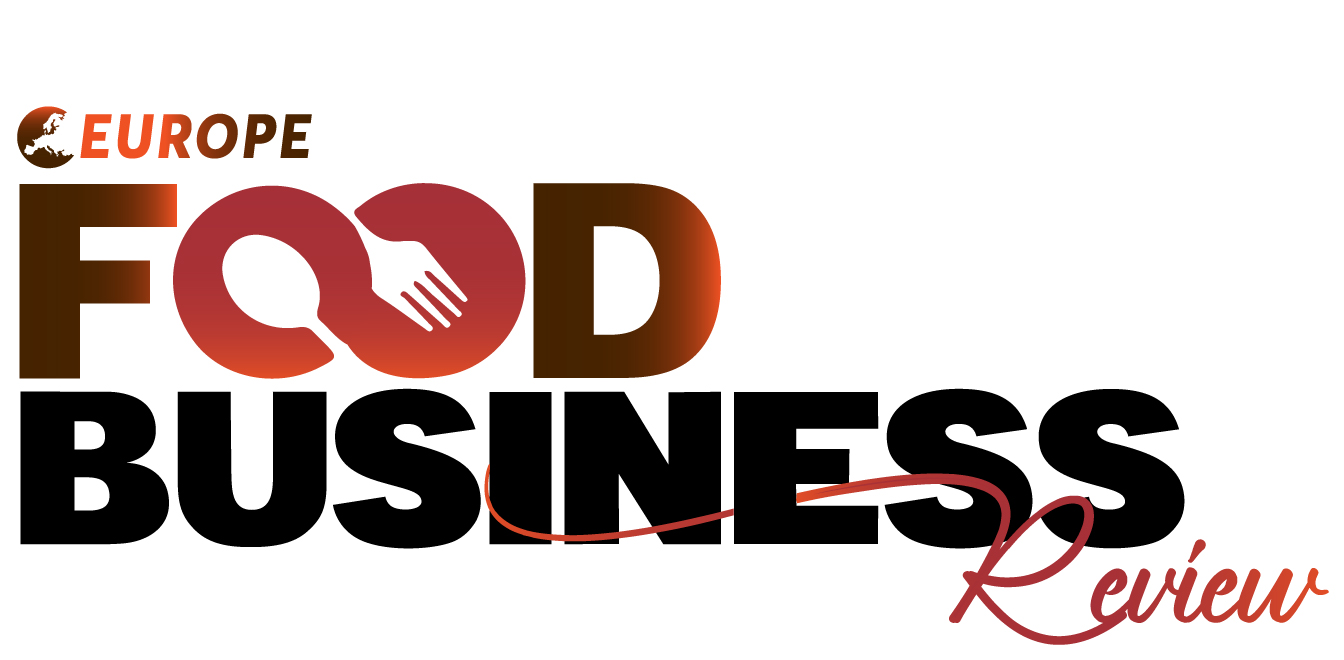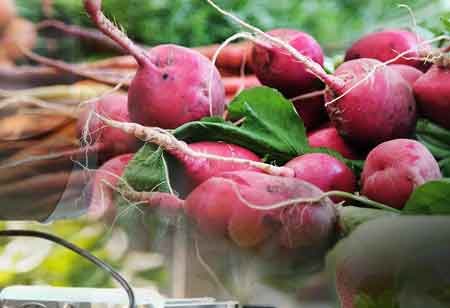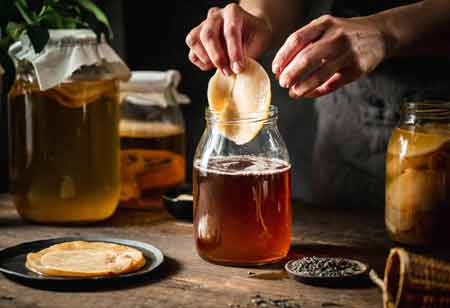Thank you for Subscribing to Food Business Review Weekly Brief
- Home
- Topics
- Alternative Proteins and Plant Based Food
- Beer and Wine
- Canned Beverages
- Coffee And Tea
- Food and Beverage Consulting
- Food and Beverage Financial Service
- Food And Beverages Marketing
- Food Distributors
- Food Ingredients
- Food Sustainability
- Plant Based Food and Beverages
- Seafood Suppliers
- Supplement Manufacturing
- Wine Investment
- News
- Vendor Viewpoint
- CXO Insights
- Conferences
- Newsletter
- CXO Awards
-
The Power of Storytelling in Food Branding
In an era where storytelling is integral to consumer perception, brands that master the art of authentic, visually compelling, and digitally optimised narratives will stand out in the competitive food industry.

By
Food Business Review | Thursday, February 27, 2025
Stay ahead of the industry with exclusive feature stories on the top companies, expert insights and the latest news delivered straight to your inbox. Subscribe today.

In an era where storytelling is integral to consumer perception, brands that master the art of authentic, visually compelling, and digitally optimised narratives will stand out in the competitive food industry.
FREMONT, CA: Storytelling has always been integral to human culture and vital in communication, education, and entertainment. In food branding, storytelling has emerged as a powerful tool, enabling brands to connect with customers on a deeper emotional level. Food brands can differentiate themselves in a crowded market by sharing narratives that resonate with audiences, build consumer trust, and inspire brand loyalty.
The Power of Storytelling in Food Branding
Compelling storytelling in food branding hinges on authenticity, relatability, consistency, and visual appeal. Consumers are increasingly drawn to brands that communicate genuine narratives—exaggerated or fabricated stories can quickly erode credibility. A compelling brand story should resonate with its target audience, aligning with their motivations, whether centred on health, flavour, sustainability, or family traditions. Moreover, consistency across all touchpoints—packaging, social media, advertising, and customer interactions—ensures a cohesive brand identity. Visual storytelling further enhances engagement, as high-quality images, videos, and graphics help bring a brand’s journey to life. For instance, a well-crafted visual narrative showcasing the transformation of a coffee bean from farm to cup can captivate audiences and reinforce brand messaging.
Digital Media’s Influence on Food Branding
The rise of digital platforms has transformed brand storytelling, enabling more dynamic and interactive consumer engagement. Social media channels like Instagram and TikTok thrive on visually driven, short-form content, making them ideal for sharing behind-the-scenes production processes, real-time updates, and user-generated content that enhances authenticity. Meanwhile, a brand’s website is the central hub for storytelling, integrating written content, videos, and customer testimonials to build trust. Additionally, influencer collaborations have become a powerful tool, allowing brands to extend their reach through credible voices that seamlessly integrate products into their lifestyles.
Emerging Trends in Food Branding Storytelling
Several key trends are shaping the future of storytelling in food branding. Sustainability has become a focal point, with brands such as Beyond Meat and Oatly leveraging narratives around environmental impact and plant-based diets to connect with eco-conscious consumers. Additionally, cultural and local heritage is gaining prominence, as brands highlight traditional crafting techniques and regional specialities to add authenticity and depth to their stories—such as Italian pasta brands showcasing age-old production methods. The advent of interactive storytelling is also transforming consumer engagement, with technologies like augmented reality (AR) and virtual reality (VR) offering immersive experiences, such as virtual farm or factory tours, to deepen the connection between brands and their audiences.
Storytelling in food branding is more than just a marketing tactic—it’s a way to form meaningful connections. By sharing genuine narratives, brands can express their values, build trust, and emotionally engage with their audience. As consumer preferences evolve, brands that invest in authentic, relatable stories will continue to grow in the digital age.






